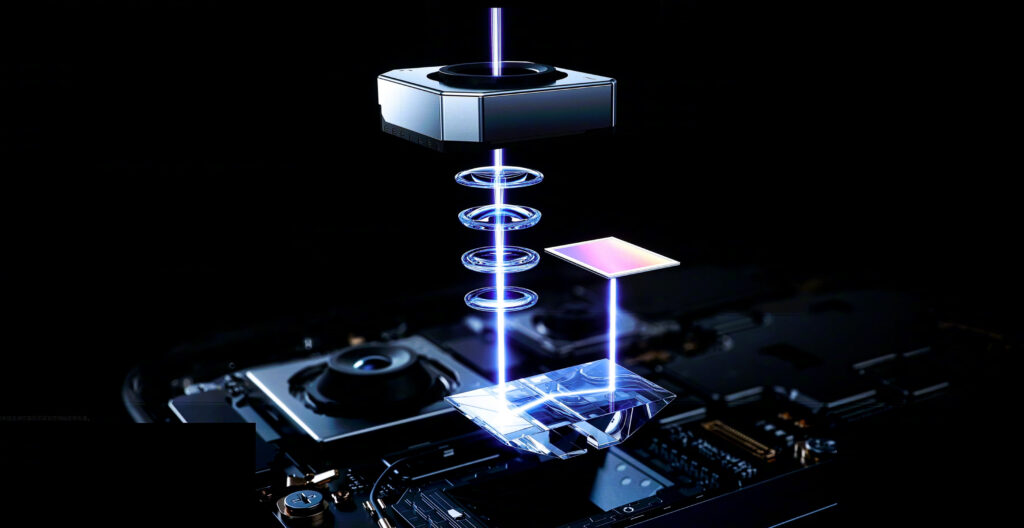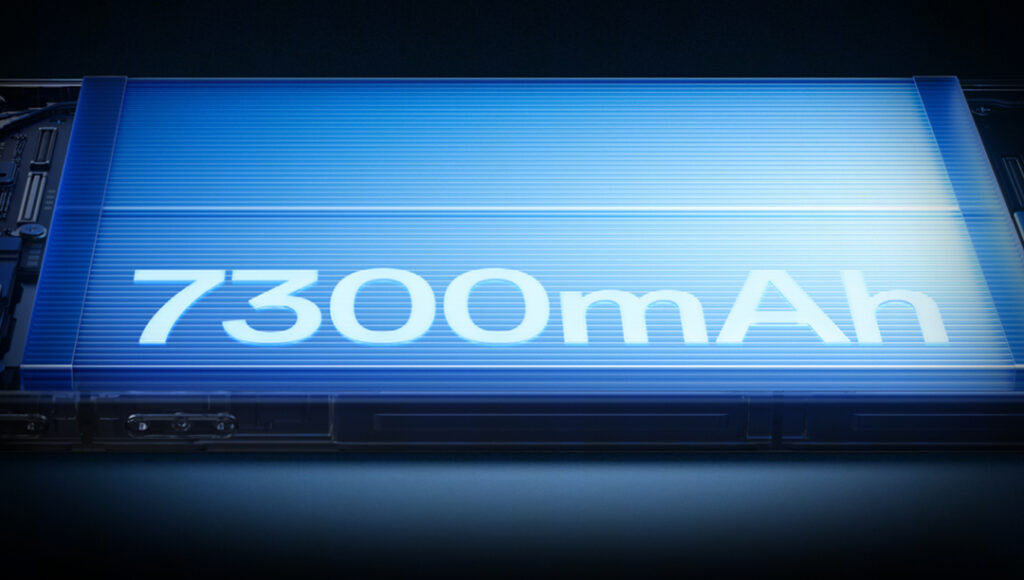
The OnePlus 15 redefines the high-end performance experience with all-round upgrades. At its core, it is equipped with the Snapdragon 8 Gen 5 Elite processor. Paired with the new-generation “WindChaser Gaming Core”, it mobilizes the full computing power of the CPU, GPU, and NPU for the first time, enabling six major types of popular mobile games to run at a native ultra-high frame rate of 165Hz. The operational response is 10ms faster compared to 120Hz, making it the officially designated device for events like the Peacekeeper Elite Pro League.

On the display front, it is the first to feature a 165Hz ultra-high refresh rate Oriental Screen, utilizing BOE’s custom X3 luminescent material. It supports 1nit Night Eye Protection and Solar Display, and has obtained the TÜV Rheinland “Small Gold Label” eye protection certification. The 1.15mm ultra-narrow bezel design on all four sides provides an immersive viewing experience. The innovative “Esports Tri-Core” hardware solution, through the collaboration of the performance core, network core G2, and touch control core, delivers a full-link smooth experience with high-frame-rate stable output, uninterrupted signal, and ultra-responsive operation.
In terms of imaging, it breaks away from co-branding dependencies. The self-developed LUMO Luminous Imaging System is equipped with a 50-megapixel ultra-photographic triple-camera setup, including an 85mm golden portrait periscope telephoto lens and an ultra-wide-angle lens. It supports features like AI Anti-Reflection and Shadowless Snap 3.0, significantly improving the success rate of capturing images in backlit and low-light scenes. For battery life, it is equipped with a 7300mAh Glacier Battery, supporting 120W Super Flash Charge and 50W Wireless Flash Charge. Coupled with the new “Glacier Cooling System”, the cooling efficiency is doubled, allowing for prolonged high-frame-rate gaming without overheating.

In terms of design, it offers three color options: tan, black, and purple. It achieves a premium texture through the Original Color Nano Metal Craftsmanship and Full Matte Silk Glass. The golden R-angle design ensures a comfortable grip. It is among the first to be equipped with the completely revamped ColorOS 16 system, adding practical features like AI Flash Notes. With multiple versions ranging from 12GB+256GB to 16GB+1TB, it meets the diverse needs of different users, making it a truly outstanding ultra-flagship that balances performance, imaging, and overall experience for the year.

ESD (Electrostatic Discharge) components are specialized electronic components designed to safeguard electronic devices from the damaging effects of electrostatic discharge. ESD is a sudden release of static electricity that can compromise the functionality or lifespan of sensitive electronic components. ESD components mitigate this risk by diverting, absorbing, or dissipating ESD events.
In mobile phones, ESD components are critical for protecting internal circuitry from ESD-induced damage. Due to the sensitivity of many components within a mobile phone, multiple ESD components are strategically placed to provide comprehensive protection. These components commonly include ESD diodes, TVS diodes, and other specialized protection devices.
Specifically, ESD components in mobile phones serve to protect various areas:
- Interface Protection: ESD protection is essential for interfaces such as charging ports, headphone jacks, and USB connectors to prevent damage from ESD events during connection.
- RF Circuit Protection: Radio Frequency (RF) circuits are highly susceptible to ESD and require dedicated ESD components to maintain signal integrity and prevent component failure.
- Processor and Memory Protection: Core components like processors and memory ICs require ESD protection to ensure reliable operation and data integrity.
- Touchscreen and Display Protection: Touchscreens and displays, integral to the user experience, are also vulnerable to ESD damage and are protected by dedicated ESD components.
In conclusion, ESD components are vital for protecting the internal electronics of mobile phones from ESD damage, ensuring their reliable operation, and extending their lifespan. Their strategic implementation is essential for maintaining device functionality and user satisfaction.